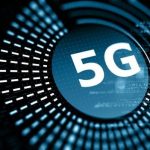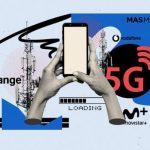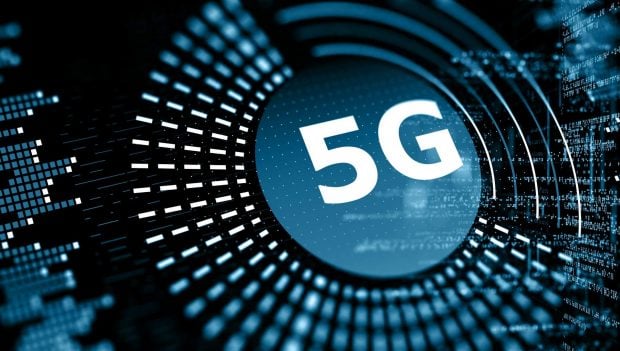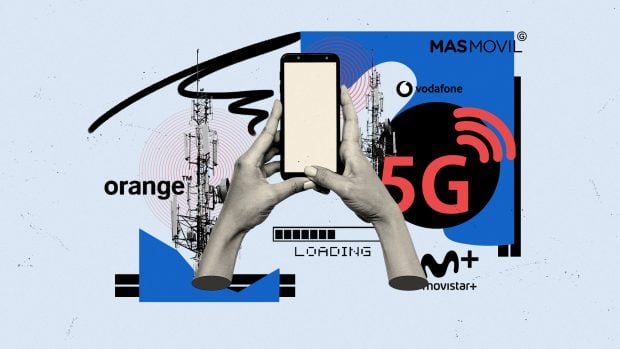

Since it was launched, The new 5G technology promises to change all aspects of our lives. With the fifth generation of mobile networks it is possible to browse at a much higher speed (up to 10 times faster), connect exponentially dozens of devices at the same time and reduce latency, that is, the response time on the web. Below, we will explore how this new generation of mobile technology is affecting these two fundamental aspects of our daily lives.
These advances not only affect the way in which people communicate or access information, but also They also have a great impact on health. In fact, the characteristics of this network are perfect for the healthcare sector, as it allows communication between the patient and the doctor to be optimized.

5G technology and its application in the health sector
Telemedicine
As the development of mobile communications advances, Telemedicine began to occupy a very important place in medical care. It consists of the application of Information and Communication Technologies (ICTs) in the health care field, which is why it constitutes the ideal complement to improve the quality of care offered to patients.
Until recently, telemedicine offered various services and benefits such as teleconsultation, telestroke, teledermatology or telepsychiatry. At the moment, It is possible to monitor patients remotely in real time and effectively implement medical robotics in hospitals
Teleassisted surgical operations
Thanks to the high connectivity of 5G technology and low latency, It is now possible to perform remotely assisted surgical operations. The first surgical operation of this type was carried out successfully at the Hospital Clínic of Barcelona. It consisted of an expert doctor, located at the Mobile World Congress (MWC), being present in a surgery that was being performed in the “Óptimus” operation center, one of the most technologically advanced operating rooms in the world.
The operation could be recorded from all possible angles and transmitted in real time to the fairgrounds. The project, baptized under the name “5G Remote Surgeon”, demonstrated the numerous benefits of 5G in tele-assisted operations.
- Share high definition images in real time.
- Offer a response in real time.
- Share large amounts of information.


robotic surgery
With the development of 5G technology, Robotic surgery is now a reality in many hospitals in Spain. The first hospital to adopt robotic technology in its operating rooms was the Hospital Clínic of Barcelona with the Da Vinci Xi surgical robot. Compared to conventional laparoscopy, this robot allowed numerous gastrointestinal surgery interventions to be performed with great precision and in a minimally invasive manner.
Some time later, at the Vall d’Hebron hospital in Barcelona, the latest model of this same robot was used to perform lung cancer surgery in order to minimize incisions and significantly reduce pain during recovery.
Both surgeries could be performed successfully thanks to the support of 5G technologywhich guarantees a stable internet connection and ensures the functionality of these “robots”, without the risk that it could be disconnected in the middle of surgery.
Real-time remote monitoring
There are many patients with chronic diseases or other conditions who require constant monitoring and who can benefit from real-time remote monitoring.
An excellent example is the remote monitoring service presented by ZTE, which, unlike others, is integrated into a t-shirt. This garment, called ZTE YouCare, was designed to detect numerous biological parameters of the patientcollect information and transmit the data to other devices intelligently, thanks to the fact that it is equipped with 5G connectivity.
The garment is capable of monitoring the patient’s health, stress and behaviors. You can also perform a real EKGan analysis of breathing, muscular effort and body temperature to offer a complete check-up.
In remote monitoring, there are also the implants that can connect to the network, such as valves, pacemakers, and other external wearablesas they can transmit data about a patient’s health to health professionals in real time, allowing for a rapid response in serious cases.
Conclusion
The impact of 5G technology on health and communication is undeniable. While it offers exciting opportunities to improve the way we interact with and access health services, it is also essential to address public health and safety concerns in a transparent and evidence-based manner. As we move towards a more connected future, it is essential to find a balance that allows the benefits of 5G to be harnessed, while ensuring the safety and well-being of the population.
Recommended readings
Impact of 5G on health
The impact of 5G